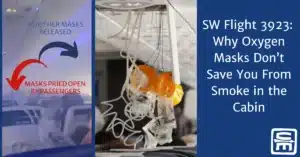
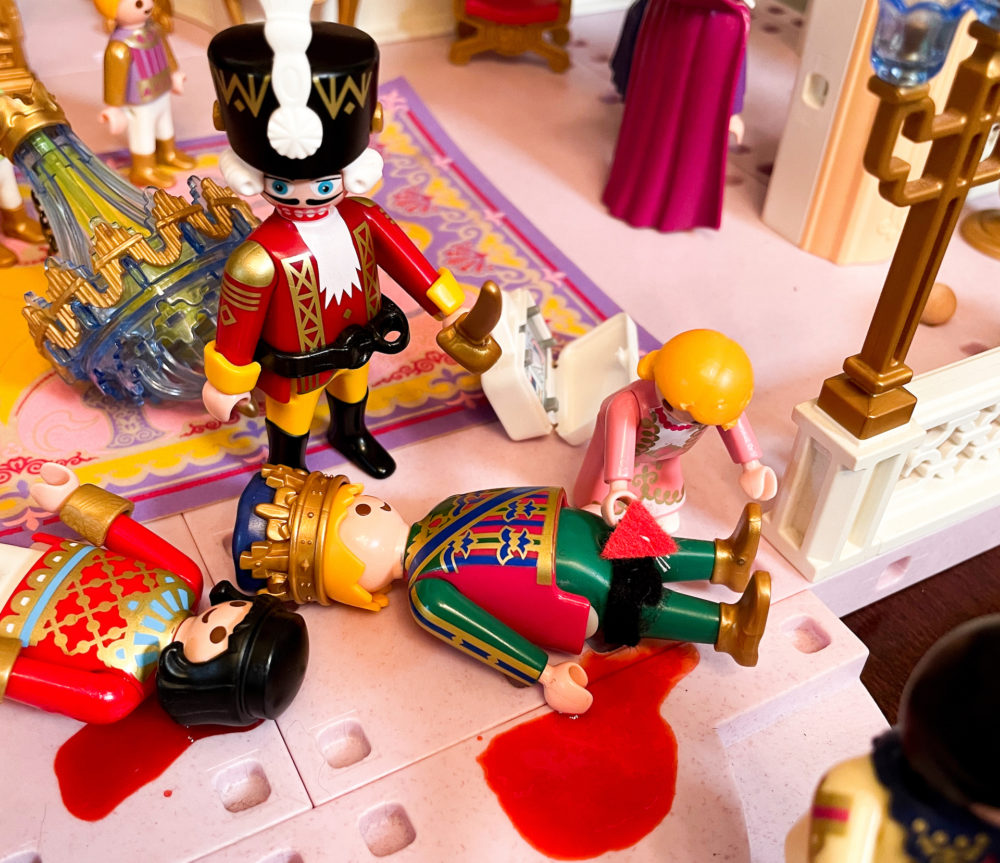
Marie and her family enjoy the traditional Christmas evening gathering at the Playmobil Castle, including dancing and a visit from Herr Drosselmeyer. Marie and her brother receive extravagant gifts, Marie’s is an exquisitely crafted nutcracker. Suddenly, there is a sound to the south of the palace, and then a great cacophony as a marauding band of pirates crashes the palace’s sea wall to steal their treasures. While the palace guard, led by their knight defend the castle, Marie rushes to get an IFAK to care for wounded casualties, while the Nutcracker provides security.
🕖 Reading Time, 8 minutes
When the King is severely wounded in the pirate assault, Marie rapidly applies a CAT tourniquet to his thigh while the Nutcracker continues to pull security. With hemorrhage control complete and no other injuries noted, he is left in the recovery position so she can attend the other casualties.
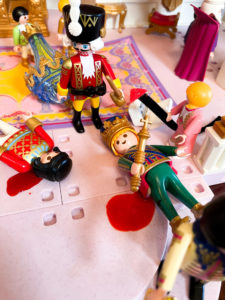

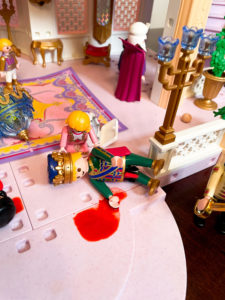
Similarly, Marie’s next casualty has a presumed brachial artery injury and massive hemorrhage. She applies her last CAT tourniquet, finishes her casualty evaluation, and leaves the wounded party-goer in the recovery position.
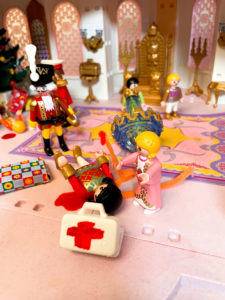
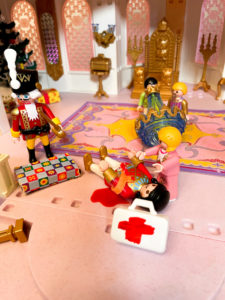
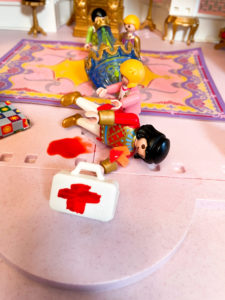
Another guest applies direct pressure to a little boy’s junctional bleed in his armpit / axilla and calls to Marie for help. Marie also notes scattered penetrating torso trauma from cannon grapeshot. The boy’s junctional wound was packed and a chest seal applied to the thoracic injuries. The partygoer is left to monitor the boy for signs of tension pneumothorax should they develop.

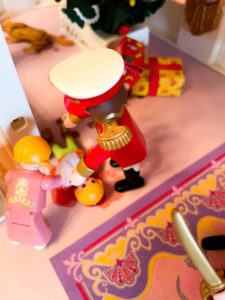
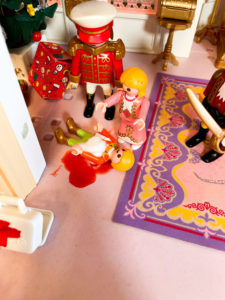
With additional casualties upstairs and an empty IFAK, Marie will have to improvise. Fortunately she has planned her casualty care in-depth and recognizes, no matter how much medical equipment you’re carrying, eventually it will run out. A well set Christmas Eve dinner table provides her with a wealth of options. She grabs an empty wine bottle and uses it to occlude one casualty’s high thigh junctional wound. Knowing it can be challenging to secure in place, with still other injured needing her help she assigns an uninjured partygoer to hold the bottle in place. Marie instructs her to yell out if the bleeding recurs.

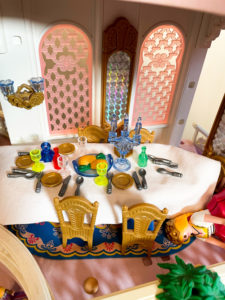

Marie knows that even commercial tourniquets are nothing more than circumferential material wrapped around a limb and tightened with a windlass or twist-stick to occlude blood flow. The table cloth provides ample material to cut and create improvised tourniquets. Dinner flatware is in abundance and used for the windlass.
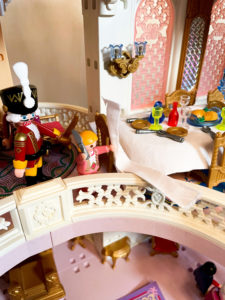


Once the casualties are evaluated and treated, they are moved to a casualty collection point. With the Pirate attack thwarted and castle forces holding the perimeter, the entry hall is the best available CCP. Its location is known to everyone, big enough for multiple casualties, and can be secured. The furniture provides ample improvised litter options to make moving the wounded easier.
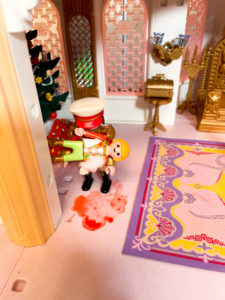


As the casualties are reevaluated in the CCP, comforters and blankets provide hypothermia protection. Often forgotten in mass casualty events, Marie knows it will take time until EMS can evacuate all the injured, and cold blood does not clot.
During a sweep of the castle for additional wounded, the castle’s working K9 is found injured with a significant front limb injury. Although the dog has lost a lot of blood, he is still alive. Marie knows human limb tourniquets don’t work on K9s because of the animal’s tapered limb. She fixes a pressure dressing to the limb wound and bleeding is controlled.
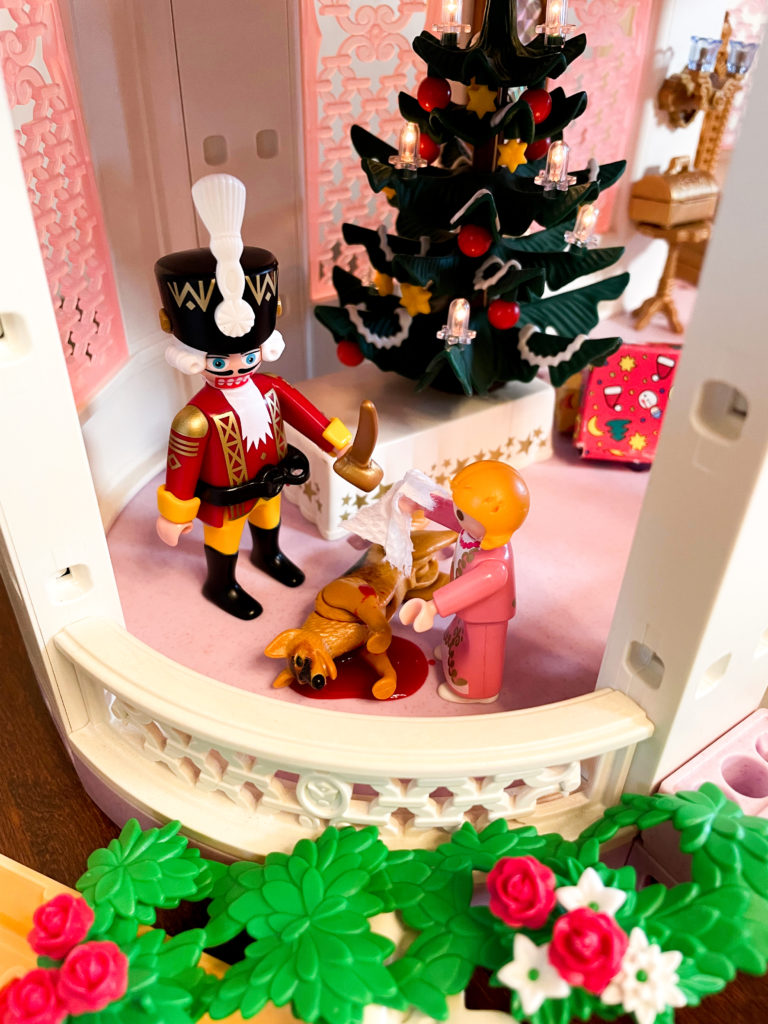

When EMS arrives, Marie gives a quick scene size up and MIST report on each casualty. EMS is overwhelmed by which triage system to use. She suggests they check out last year’s Crisis Medicine Holiday posts.
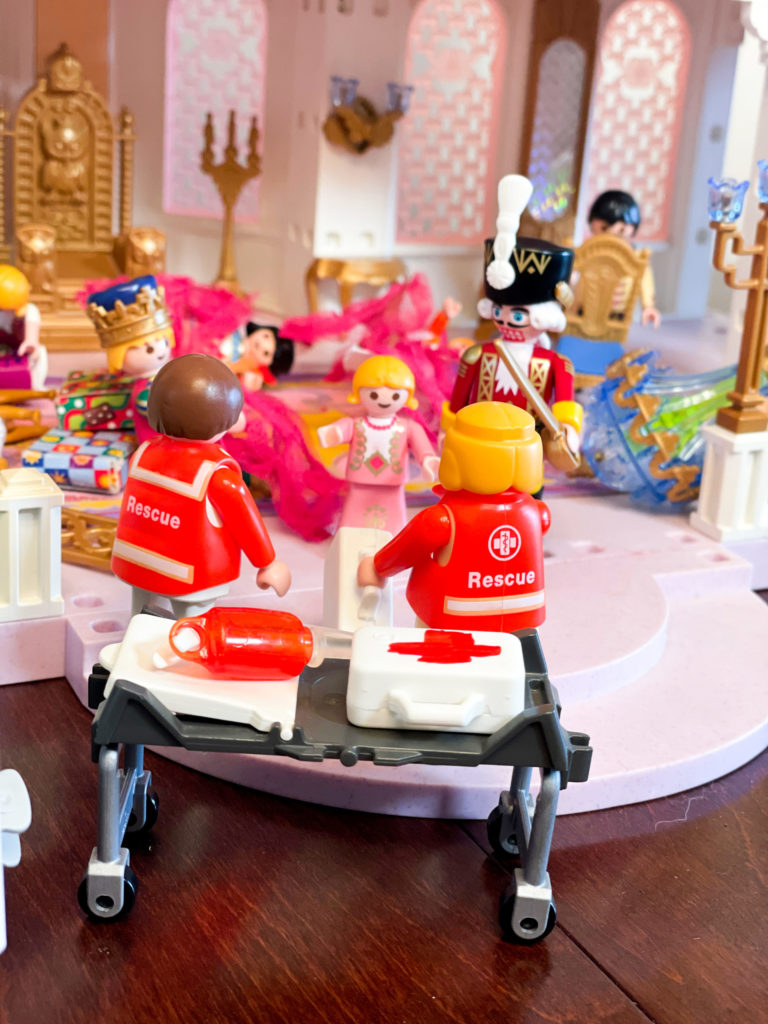
While the uninjured partygoers congratulate Marie and the Nutcracker on their amazing work, Marie knows it could have been much worse and there is always another threat to plan for… What if the pirates had used chemical weapons?
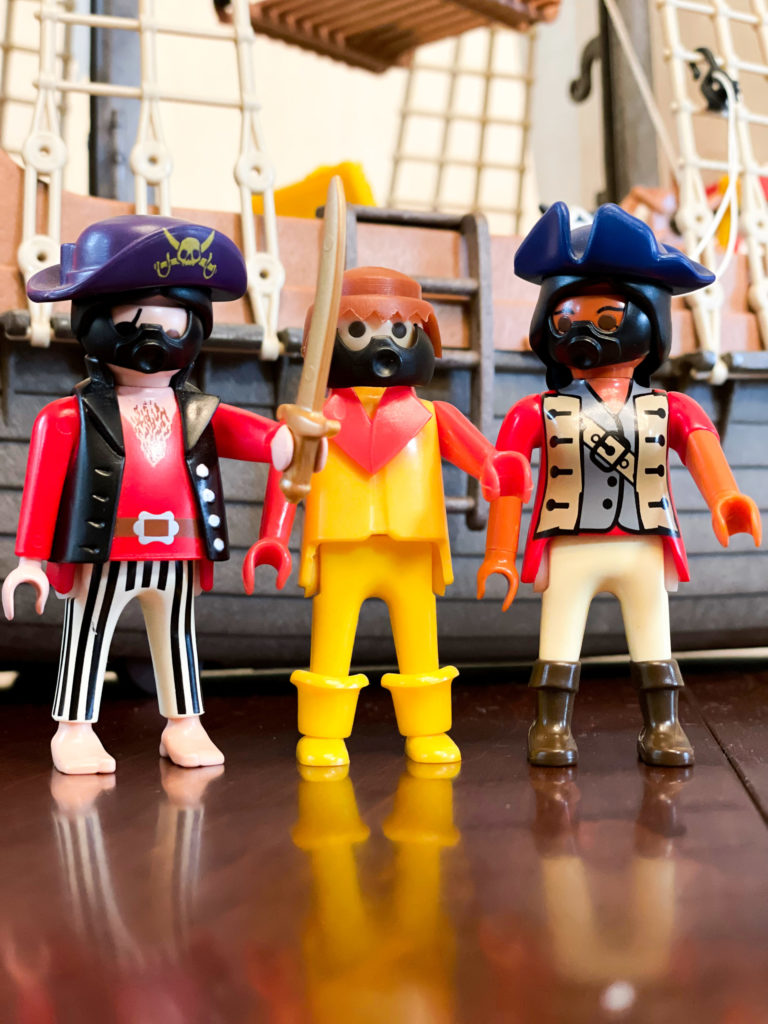
You can see last year’s Operation Hyperglycemia: START, SALT, and RAMP in an MCI, or the year before, Happy Little Dough Boy Suffers a Traumatic Event.